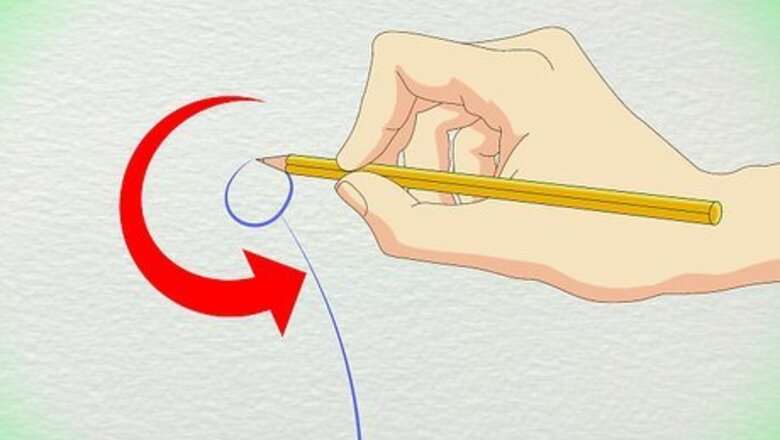
views
Skeleton Technique
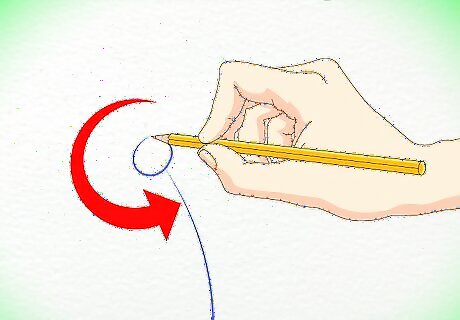
Draw a circle attached to a line. Sketch a small circle, then draw a long, slightly curved line extending down from the 5-o'clock position of the circle. The circle will become the bud of the lily and the line will become the stem. Connect the line directly to the outline of the circle and make it roughly five to seven times longer than the circle diameter.
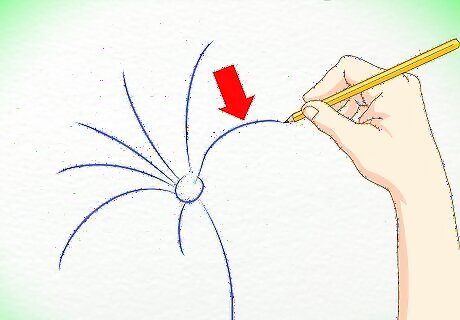
Arrange seven short lines in the center of the circle. Draw seven short, slightly curved lines extending outward from the center of the circle. These lines will set the direction of the lily petals. The curve of each line should open slightly downward. The lines do not need to be even in size, but they should range from one-fourth to one-half the size of the stem. Note that the lines pointing opposite the stem should be longer than those directly next to it. The lines do not need to be symmetrical, either, but they should be spaced apart at relatively even intervals.
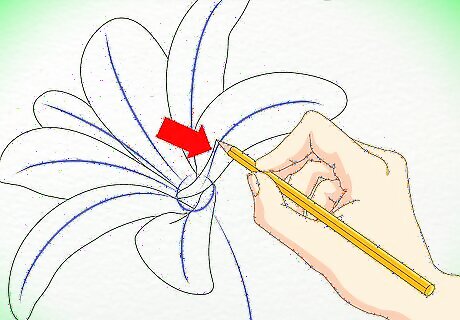
Surround the petal lines with contours. Draw an outline around each petal line, allowing the contours to meet and overlap near the center of the flower. These contours will become the petals. Center the petal line within each contour, keeping an even amount of space on either side of each line. Note that the amount of space between center lines and contours may vary from petal to petal. The contours should touch without intersecting one another. If you do cross some of the contours, you'll need to erase the intersecting segment later.
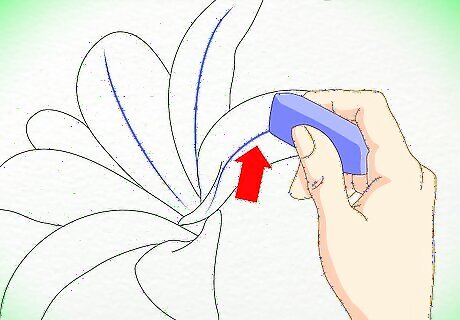
Flesh out the necessary lines. Erase the initial petal lines, leaving the contours in place. Correct the petal contours as needed to make each one look more realistic. Some contours may not need any adjustments, while others will. In particular, you should try to narrow the tips of the contours to prevent them from looking like perfect ovals. Add detail to the stem during this step, as well. Make the bend appear sharper, and draw a parallel line to one side of the original line to give the stem width.
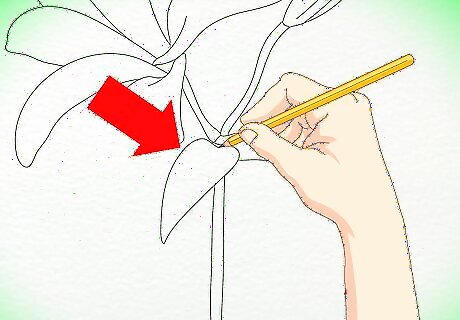
Add leaves to the stems. Sketch several leaves on both sides of the stem. You'll only need roughly five to eight. Vary the direction and size of each leaf. Each should look like narrow, curved teardrops. Some should curve upward while others should curve downward. Do not draw the leaves in even pairs. Space them apart at random intervals.
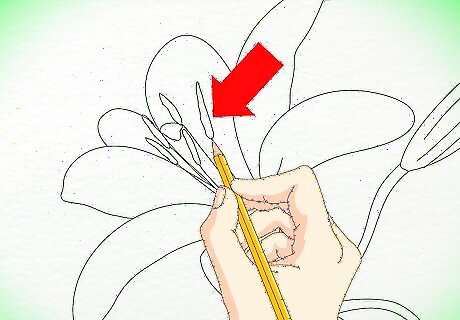
Create more detail within the blossom. Draw the stamen in the center of the lily and lightly sketch line markings inside each petal. The stamen will look like a cluster of short, narrow stems, and each stem should have a small rounded block at the tip. Place five to eight of these shapes within the center of the lily, making it no higher than the largest, most upright petal. For the petal lines, lightly sketch two to three lines in each petal that highlight the direction of the petal. these lines should only occupy part of the petal interior, though, and should not extend from the base to the tip.

Shade or color the lily as desired. By this point, you should already have a completed lily form. You can add shading or colors to the picture to make it even more realistic. To add shading, try to visualize which areas of the lily would receive direct light if it were real. Any area that would not get hit with light should be shaded, with the darkest areas being those hidden by other parts of the flower. If you want to add color, use lighter shades on the areas that would receive direct sunlight and darker shades on those that would be hidden in shadow.
Rounded Figure Technique[1] X Research source
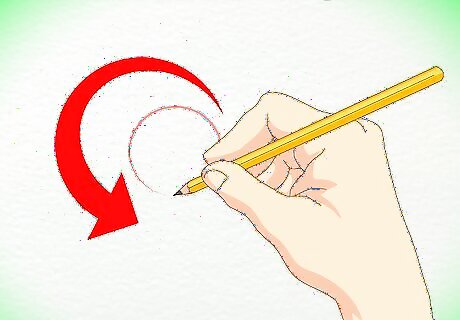
Draw a circle. Sketch a circle in the center of your paper, making the diameter approximately one-third as large as you wish to make the finished lily. This circle will become a hidden bud or base for the lily petals. You'll need to draw over it, so keep the pencil lines light enough to erase later.
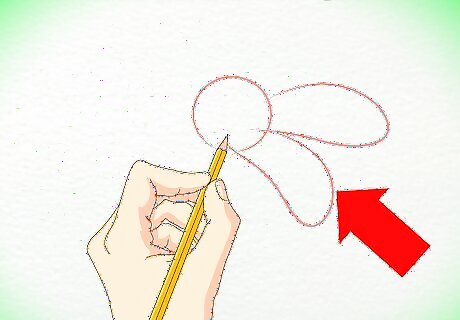
Add two petals to the right of the circle. Draw two trumpet-shaped petals, placing them on the right side of the circle. Trumpet-shaped contours are similar to teardrop-shaped contours, but the outlines should be curvier. Both petals should be roughly twice as large as the circle. The wide portion of one petal should point upward with the tip pointing down. Place this petal directly over the right side of the circle, allowing it to slightly overlap the circle itself. The wide portion of the other petal should point down with the tip pointing up. It should touch the side of the circle and the side of the other petal.
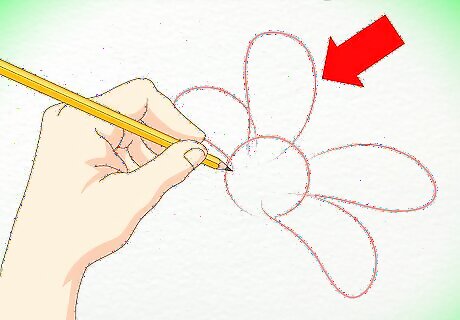
Place two more petals on the opposite side. Draw two more trumpet-shaped petals, placing them on the left side of the circle. Draw the top petal first, followed by the bottom one. Both petals should be attached to the contours of the first two, and the base of each one should be hidden beneath the existing petals. The size of these petals should roughly match the size of the original two, and they should completely cover the remaining width and height of the circle. Angle these petals in the same general direction as the first two petals.
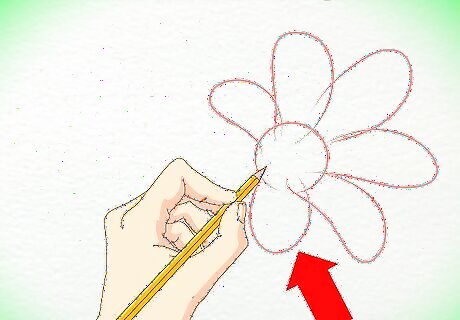
Sketch out two more petals. Place two small, pointed petals in between some of the other pairs. The first should go in between the top two petals. The second should go in between the two left petals. These petals should be slightly curved but slightly straighter than the others. Only draw the tips of each petal. Doing so makes it appear as though the lower portions are hidden by the upper petal layers.
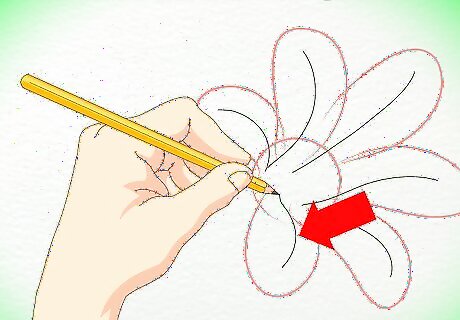
Draw center lines down each petal. Carefully draw a smooth line down the center of each existing petal contour. Keep each line in the center of its respective petal and curve the line along the curve of the petal. Extend it from base to tip, too.
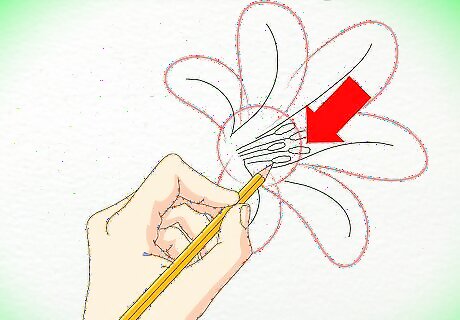
Create the stamen. Draw five to seven lines sticking out from the center of the lily. Draw small, flat ovals at the end of each line to finish the stamen. Each of these lines should be no longer than half the length of the longest petal. Position the stamen so that they point out to the left. Let the top few curve upward, but give the bottom few a slight curve downward.
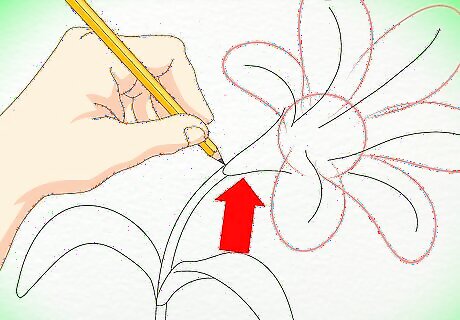
Attach the horn-shaped stem. Draw a horn shape coming from the base of the flower, then sketch a downward pointing stem at the base of this horn. The horn should look like a "V" tips on its side. Point the wide portion toward the original circle and hide it beneath the petals. Angle the narrow portion away from the petals and do not close off the tip. From the narrow tip, draw two parallel, curves lines. Both lines should point down. These will be the stem of the flower.
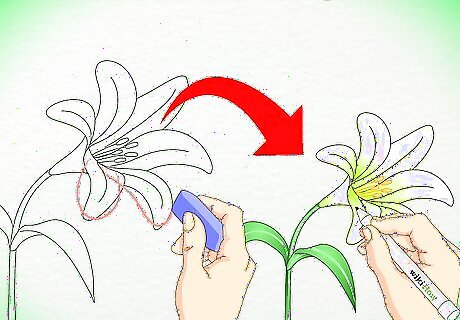
Clean up the drawing. Erase your starting circle and any other stray lines. Leave the lily as it is or add other details as desired. Consider adding long, slivered leaves extending upward from the base of the stem. Add shading or coloring to the picture, if desired. Use lighter shading or colors on the areas receiving direct light, but use heavier shading or darker colors on any area hidden by shadow.
Guided Freehand Technique[2] X Research source
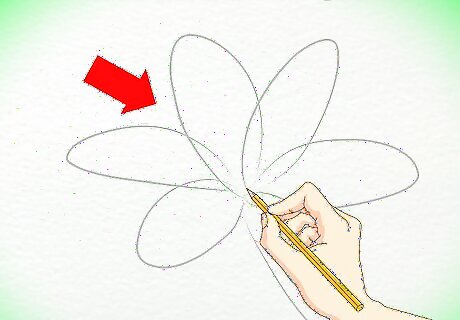
Draw a ring of ovals. Lightly sketch six ovals, arranging them into the form of a ring. These ovals will become the petals of the lily. The narrow ends of each oval should point toward the center, rather than lying against the perimeter of the ring. Allow the ovals to slightly overlap at the center of the ring.
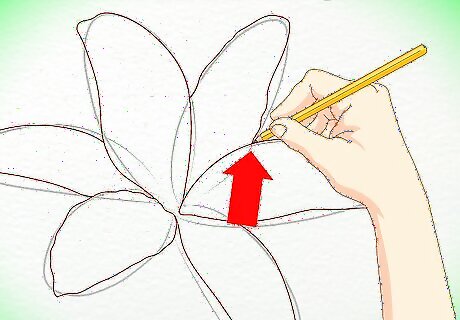
Define the shape of each petal. Go back over each oval, altering the outline slightly to define the petal shape. For each petal, you'll need to make the blunt, rounded tip a little more pointed. You should also curve the sides of each petal slightly. Each petal should curve in toward the right. While defining each petal outline, you should also decide how the petals fall. The petals on the right are "closer" to the viewer, so the full outlines should be visible. As the petals progress toward the left, the overlapping sections will be "hidden" beneath the closer petals.
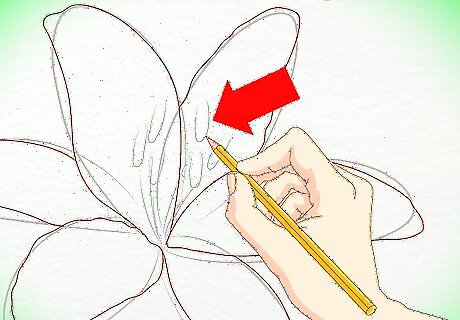
Sketch the stamen. Draw four curved line pairs (eight lines total), starting each set in the center of the lily. Top each pair with a small oval. These will be the stamen of the lily. Keep the lines within each pair close together. The oval at the top of each pair should close off the lines, making the resulting shape appear solid. Each stamen should curve slightly downward. Try to make them about half as long as the lily petals, and keep them relatively even in length.
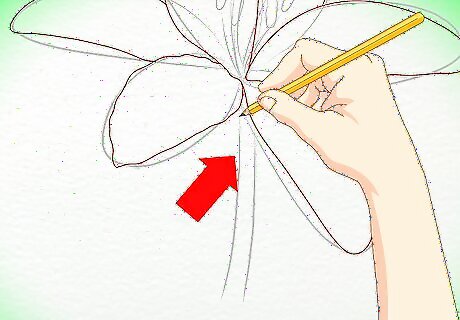
Connect two lines to the base of the lily. Draw two slightly curved lines at the bottom of the lily. These lines should both fall in between the same two petals on the bottom right side. These lines will create the stem of the lily. Both lines should curve away from the blossom. The space in between the lines should be slightly wider at the top and narrower toward the bottom.
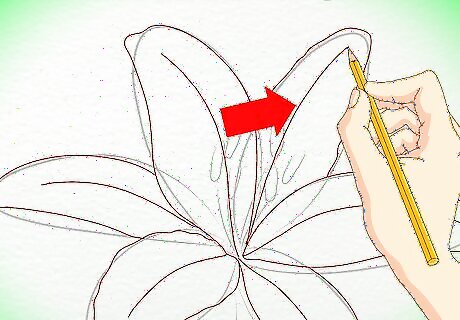
Detail each petal. Draw a single line down the length of each petal. Position each of these lines in the center of its respective petal. The lines should span most of the length without actually touching the bottom or top of each petal. Each line should follow the curve of its respective petal.
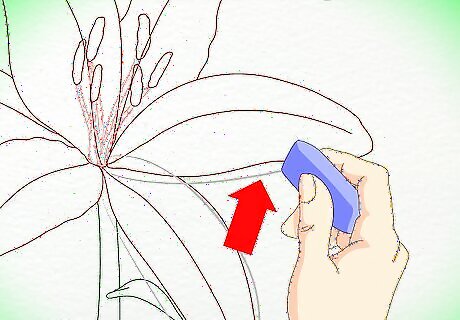
Erase any stray marks. Darken the lines you wish to keep by tracing over them again in pencil. Erase any lines you do not wish to keep, working carefully to avoid the permanent lines. If you do erase one of your permanent lines by accident, redraw the line as soon as you notice the mistake.
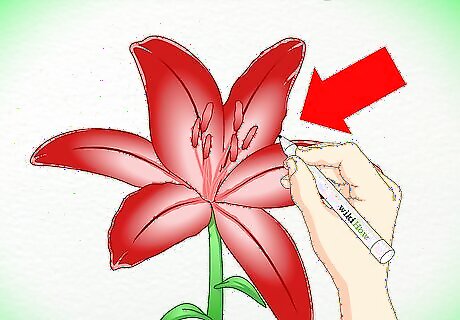
Shade or color the lily as desired. the shape of the lily is already done. If you want to make it more realistic, though, you could shade it with pencil or color it in. Regardless of which option you choose, try to visualize how the lily would look in natural light. Any area that would come into direct contact with a light source should be kept lighter, but any area that would be hidden in shadow should be made darker.



















Comments
0 comment